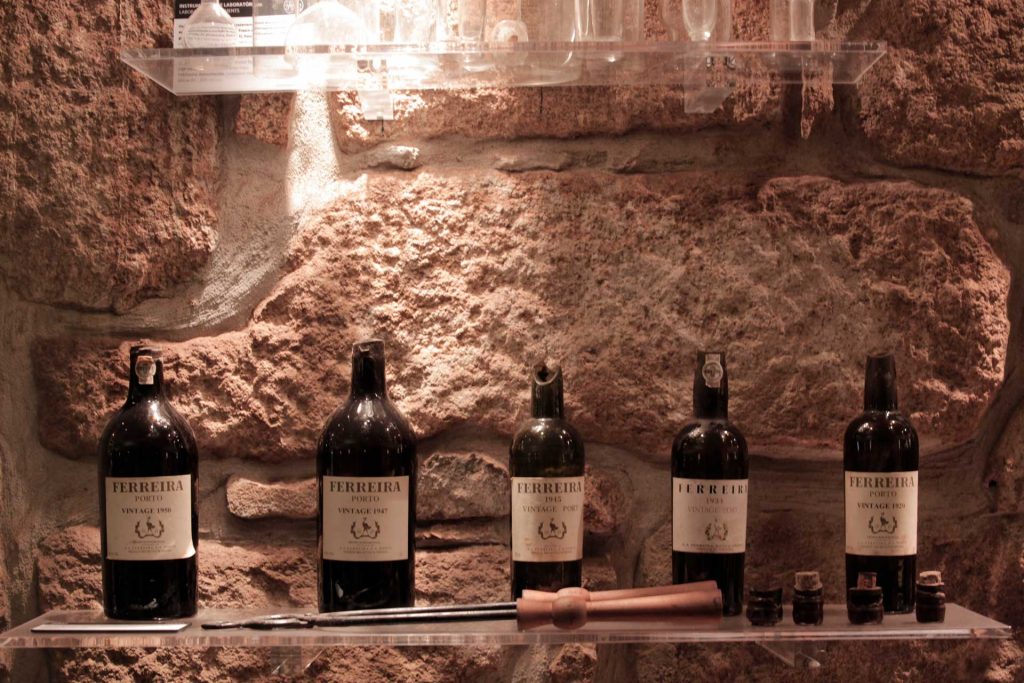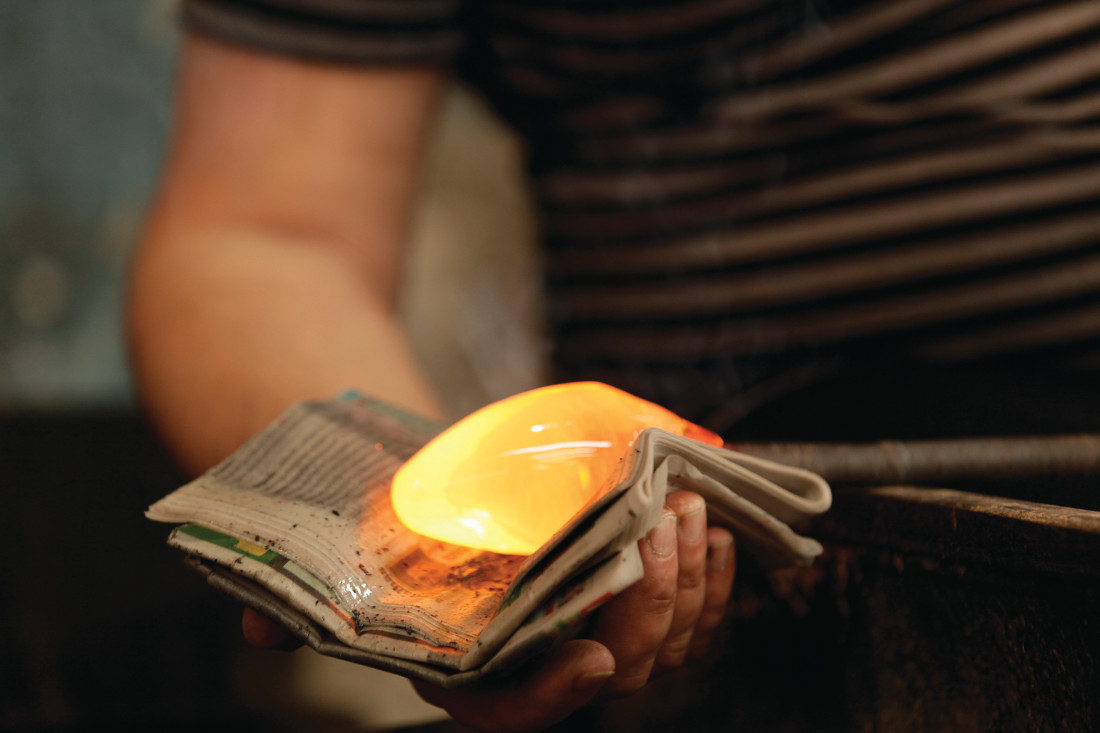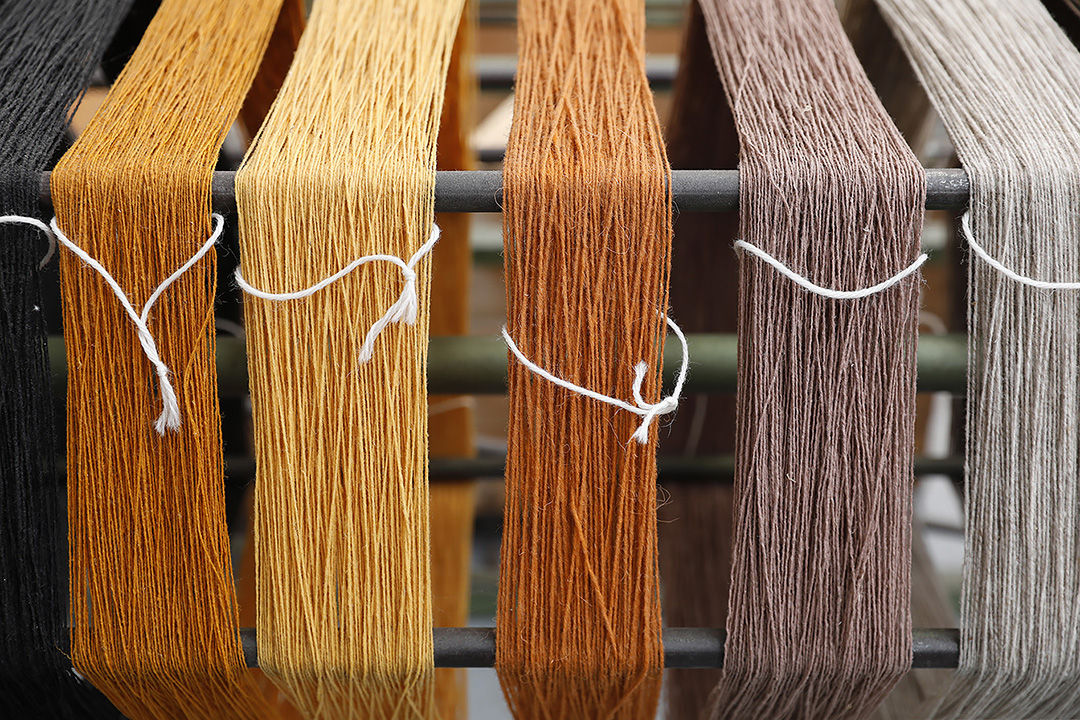
Ferreira: A story dating back more than 250 years
THE ART OF MAKING WINE
Antónia Adelaide Ferreira was born on the 4th of July 1811, in Peso da Régua, a Portuguese city in the district of Vila Real, and her countrymen nicknamed her “Ferreirinha”, a woman of great courage with an enterprising spirit who would become a household name in the Alto Douro wine region.
Urged by her father to marry a cousin who showed little interest in the businesses and who led a lascivious and extravagant life, having squandered the majority of the family’s fortune, D. Antónia Adelaide took on the leadership of Casa Ferreira, founded by her grandfather, Bernardo Ferreira, after becoming a widow at the age of 33, with two children in her charge. She planted large expanses of vines, ordered warehouses to be erected, hired employees, fought against the lack
of support from the Government, bought major estates and founded others. She did everything that was not expected of a woman at that time. Meaning, freeing herself from womanly constraints and she took charge of the business.
When the Douro region was affected by phylloxera, D. Antonia went to England to find effective ways of combating the pest
D. Antónia was known for diligently spending time studying wine production techniques as well as studying the business. That is why in the middle of the 1860s, when the Douro region was hit by phylloxera, a disease caused by an insect that killed the roots of the vines, D. Antónia went to England to obtain information about more modern and effective means of fighting that plague.
She returned with the project to use American vine roots, that were immune to phylloxera attacks, and with the plan to purchase lands from the people of the Douro in order to help overcome the economic crisis that was befalling the region, due to that plague.
Besides having been able to lead Casa Ferreira to success, D. Antónia made an important contribution towards the construction of some public works, such as roads, railways and hospitals (Vila Real, Régua, Moncorvo and Lamego). They used to call her “saint” or “mother of the poor”. Nowadays, she is considered to be one of the most legendary and fascinating characters of the 19th century in Portugal.

A VERY PORTUGUESE AND TRADITIONAL BRAND
Sogrape, the leading exporter of Portuguese wine for the last 11 years, founded by Fernando van Zeller Guedes in 1942, bought Ferreira from Dona Antónia’s 150 descendants. When acquiring the brand at the end of the 1980s, Sogrape, currently run by the third generation of the Guedes family, also acquired a large part of the estates that were owned by D. Antónia’s family and which, over the course of the years, had been distributed among her descendants. In the wine producer’s lodge, situated on the banks of the river in the city of Gaia – a prime location due to the temperature and humidity there which ensure that the wine ages properly – homage is still paid to D. Antónia.
There are portraits dotted everywhere, along with biographical notes that remind us of this woman who dedicated her entire life to the Port business. Inês Vaz, who is accompanying us on a visit to the Ferreira lodge, explains that right from the start Sogrape tried to “preserve the values of a historic, rather traditional and rather Portuguese brand”. In addition, as far as the styles of Port are concerned, “everything remains the same, keeping the consistency that was acquired over the years”, the press officer tells us.
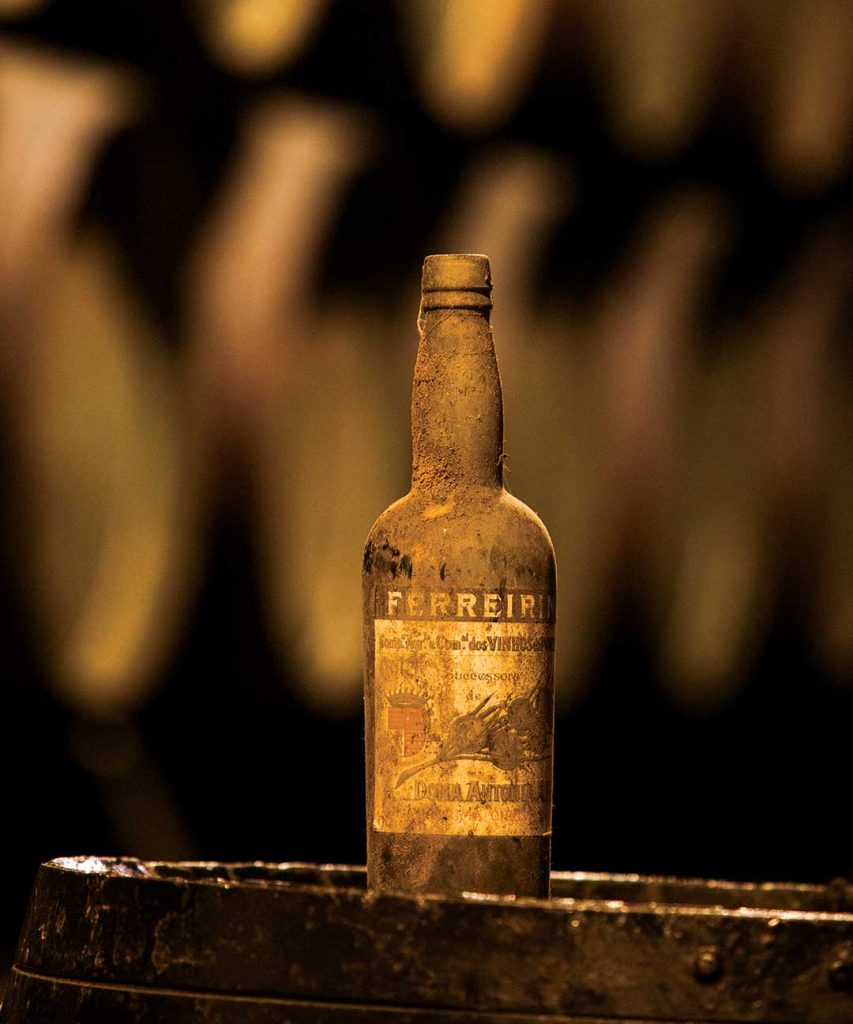
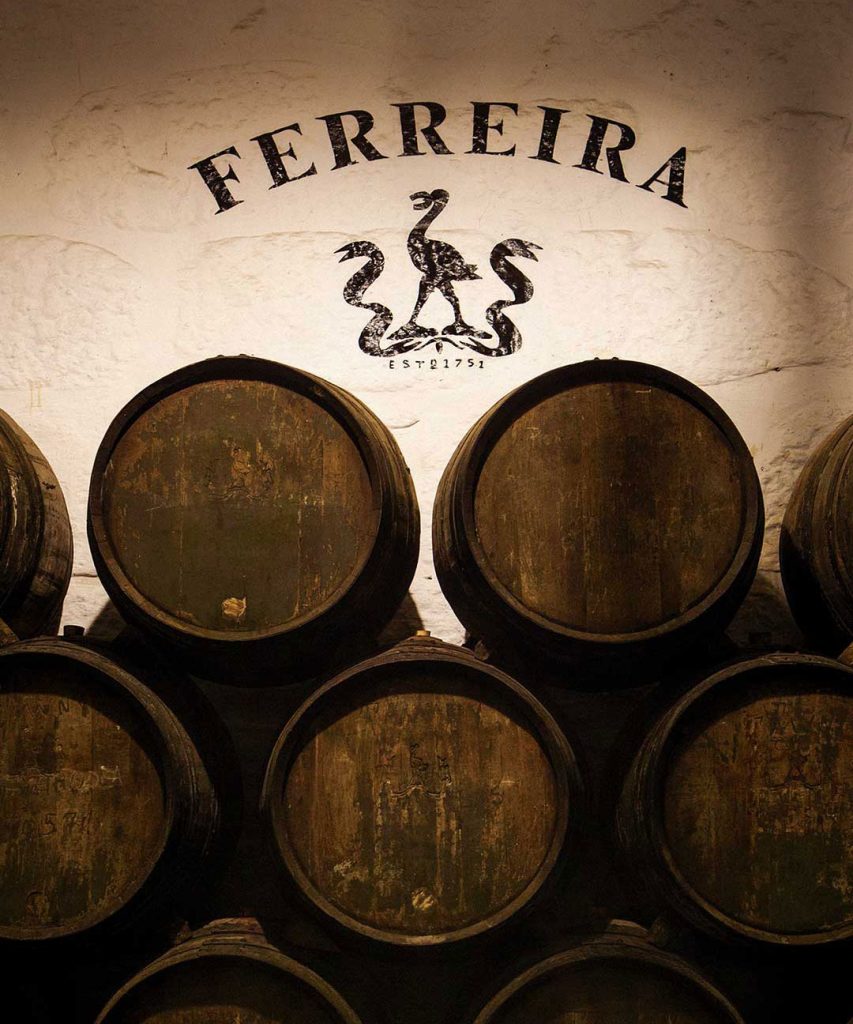
PORT STYLES AND CATEGORIES
But what are these styles? Luís Sottomayor, the oenologist who, since 2003, has been leading the Oenology team at Casa Ferreira and all Sogrape Vinhos’ Port Wine brands, explains that there are two styles of Port, depending on the type of ageing: Tawny and Ruby. Tawny wines generally age in casks and Ruby wines age in vats. And that explains why they have such different characteristics. In casks, there is greater contact with air through the wood, so the oxidation process is much quicker, meaning that the wines lose more colour and gain woody flavours, akin to dried fruit.
Within these wines there are the Tawny, Tawny Reserve, Tawny with an Indication of Age (10 year old, 20 year old, 30 year old and 40 year old) and the Colheitas. Although a 10 year old Tawny and a 40 year old Tawny “generically have aromas from the same family”, there are various differences between them, Luís Sottomayor explains. “The 40 year old is much lighter in colour, due to oxidation, and has a much richer aromatic complexity”.
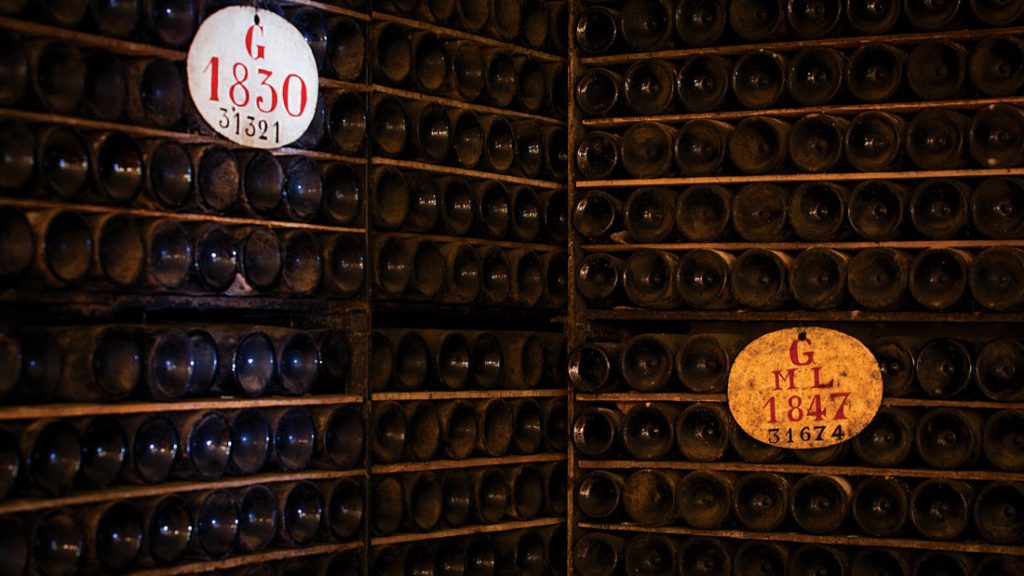
In the case of the Ruby wines, as they age in vats, which have a much larger capacity, there is a greater volume of wine inside, and so there is less contact with air through the wood. The oxidation process is therefore slower, which explains that the Ruby wines “are a strong red colour and have an intensity and aromas that always remind us of red and black berries, both on the nose and in the mouth”, says Luís Sottomayor.
Within this style there are four categories: Ruby, Reserve, Late Bottled Vintage (LBV) and Vintage, while once again, from a Ruby Classic or Reserve to a Vintage “there’s a world of difference, in the intensity of the colour, the aromatic complexity, the structure in the mouth and in the important details of one being a blend wine and the other a single harvest wine, which evolves in the bottle for many years”.
Between the Tawny and the Ruby Ports, Portuguese people, as is the case of those from southern, warmer countries, prefer the former, as they are “more delicate, elegant and harmonious”, while in the northern “colder countries”, the “more powerful, intense and full-bodied” Ruby wines are really the most in demand, says the oenologist.
“Sogrape tried, from the beginning, to preserve the values of the historical brand, one quite traditional and quite Portuguese”
INÊS VAZ
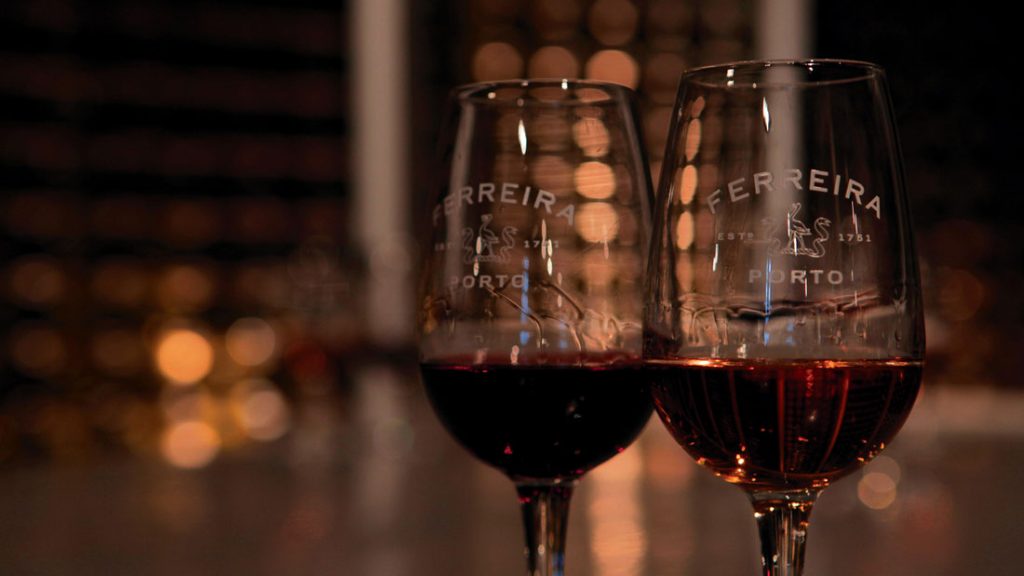
There are two styles of Port Wine, depending on the type of aging: the Tawny style or the Ruby style. Tawny ages, as a rule, in barrels and Ruby in “balseiros”.
MADE BY GOD WITH THE HELP OF MAN
For a Port to be considered a Vintage, there is an array of directives to be fulfilled. Luís Sottomayor explains that a Vintage is a wine with “a deep, almost opaque colour and an aromatic intensity and complexity of extraordinary quality”. “In the mouth it shows strong and robust tannins, linked to a premium quality aroma.
It is a wine with a strong potential for ageing in the bottle”, he adds. “Obviously”, the oenologist assures us, “a wine with these attributes doesn’t happen every year”. “It is a wine with an exceptional and unique character, which is why it is said to be made by God with the help of man”. In that case, Luís Sottomayor says, “the work of the oenologist is to try not to spoil what nature created”.



